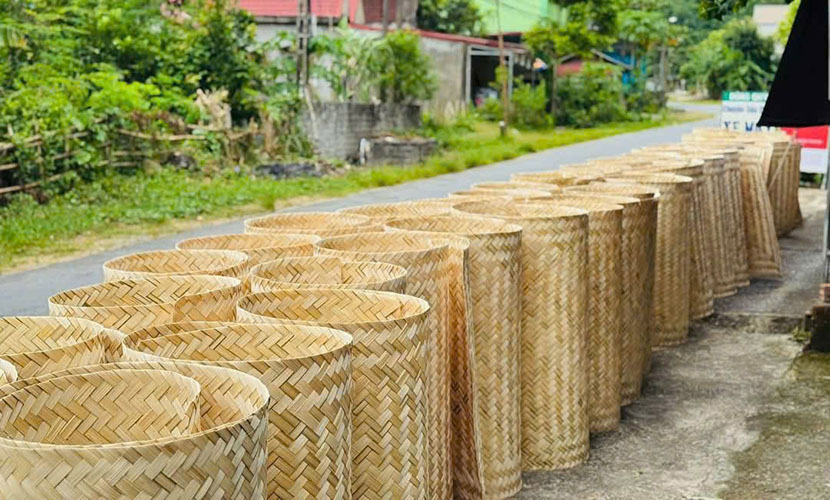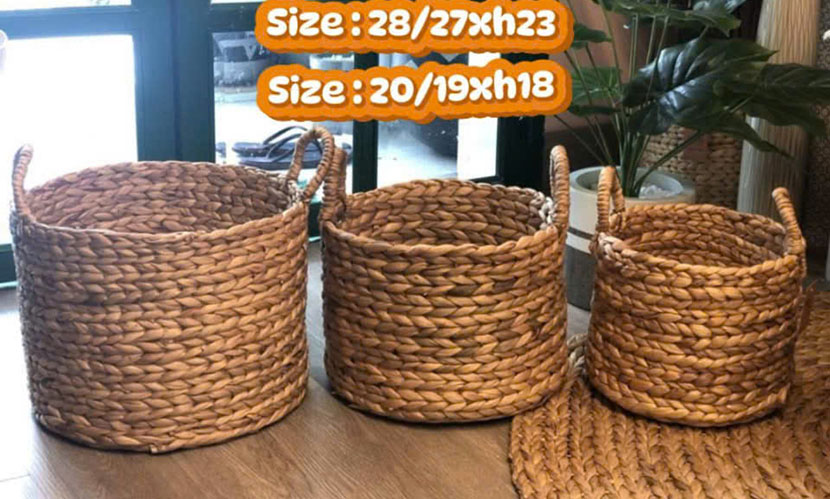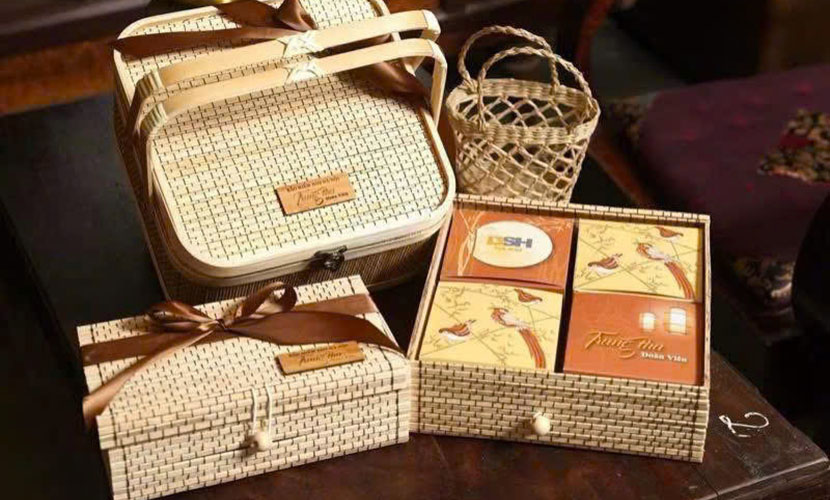
Vietnamese handicraft enterprises have significant export potential in European countries. The reason is that growing trend of sustainable and culturally distinctive consumption in these countries.
Currently, Europe in general, and France in particular, are highly promising markets for Vietnamese exports. France is known for its stable purchasing power, diverse demands, and openness. Products such as indoor and outdoor decorative items and handicrafts from Vietnam still have substantial growth potential in this market.

Vietnamese bamboo mat
In 2025, Vietnamese handicraft enterprises will face several challenges such as tariff tensions between major countries directly impacting exports. In addition, and new regulations like the ESPR (Ecodesign for sustainable products regulation), which require sustainable supply chain certification in the EU and the US. As a result, they increase compliance costs and reduce the competitives.
Additionally, competition from large-scale, low-cost producers like China and India exerts considerable pressure. The EU market imposes a series of technical barriers and ESG (Environmental, Social, and Governance) standards.
To expand their position, Vietnam’s enterprises of handicrafts need to proactively obtain certifications such as FSC and circular material certifications. They should use recycled or certified plantation wood and adopt clean production technologies.

Water hyacinth baskets
Creative design should be a focus, particularly for compact furniture to meet current consumption trends. Also, businesses should participate in trade promotion programs and build connections with major distributors.
An export stated that consumption trends in Europe are opening many doors. Consumers now prioritize unique, eco-friendly, and culturally rich handmade products. Notably, Millennial generations account for up to 45% of the handicraft market share. Meanwhile, more than 70% of urban consumers favor such products.
Moreover, demand for personalized and sustainable products, combined with the rise of e-commerce, is reshaping the entire market. In 2022, the EU imported over $1.1 billion worth of Vietnamese handicraft products. Moreover, the sector is aiming to reach $4 billion by 2025.
However, businesses wishing to enter the market sustainably must strictly comply with EU standards. These standards include regarding origin, wood certification, environmental impact, and labor conditions. The market also demands product innovation 2–3 times a year, creating great opportunities for diverse and creative offerings.

Vietnamese rattan boxes
For success, Vietnamese handicraft enterprises must not only export products but also “export identity and culture.” The Vietnamese handicraft industry currently provides employment for around three million rural workers, with 5,400 craft villages across the country. The European market accounts for up to 25% of the industry’s total export turnover.
European consumers, especially in urban areas, increasingly favor sustainable, handmade products with strong cultural value. There are more than 60% prefer handcrafted items over mass-produced ones. The green consumption trend, particularly Vietnam’s rattan and bamboo products, are also gaining momentum.
Experts also suggested that Vietnamese businesses of handicraft learn from international brands. For example, they can blend contemporary design with regional heritage like Alessi (Italy). Or, they can adopt sustainable sourcing strategies like Royal Copenhagen (Denmark). This will be the key to meeting international standards while preserving Vietnam’s cultural identity in the global market.
Vietnamese source: https://laodong.vn/kinh-doanh/doanh-nghiep-viet-day-manh-xuat-khau-thu-cong-my-nghe-vao-chau-au-1557784.ldo
